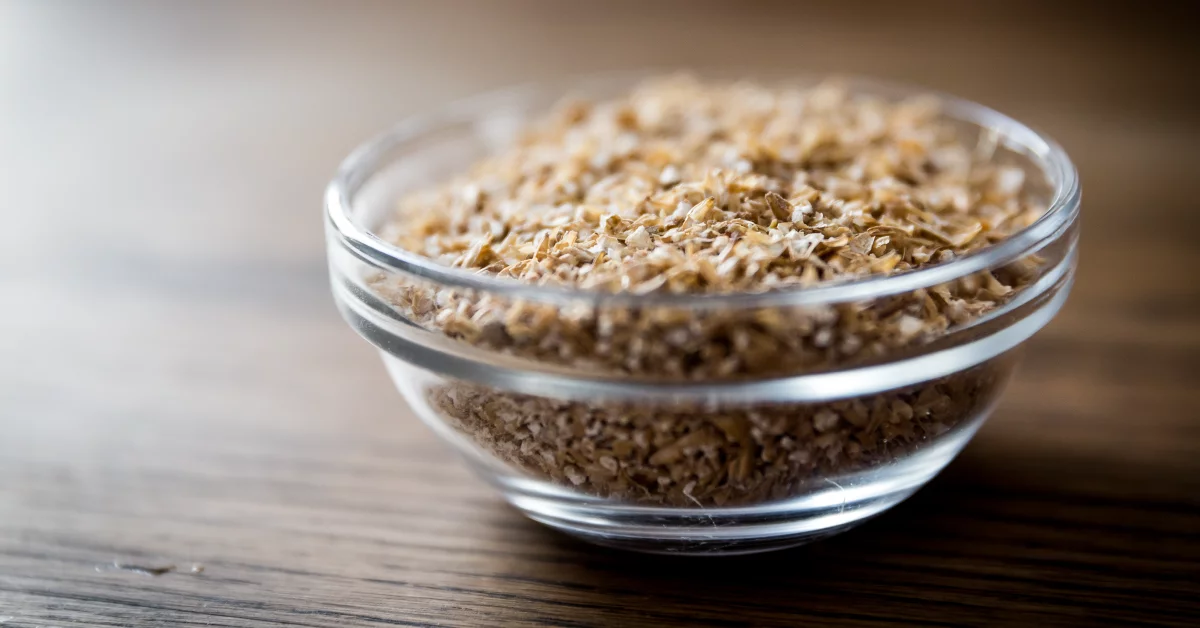Step Mashing in Beer Brewing – What Is It and Why Do It?
Step mashing is a program in beer brewing where the mash temperature is increased progressively through a series of rests. In this article, we look at step mashing; what it is, why you should do it and how mashing at different temperatures affects your wort.
Step mashing is a technique developed at a time when malts were less modified than they are now. Consequently, you may be wondering why you should learn about the process and science behind it? It’s simple; this is a great technique for producing more variety and more distinctive beers.
First, let’s look at malting.
Malting is the process of steeping, germinating and drying grain to convert it into malt. When grains are malted, glucans and proteins are broken down which makes it easier for brewers to extract sugars. By performing different rests at different temperatures, brewers can perform some of this modification in the mash. As a result, both the amount of sugar extracted from the malt and the efficiency can be increased.
Nowadays, most homebrewers won’t bother following a step mash schedule because malts are so well modified. The general consensus is that step mashing will not increase conversion by any great amount. However, there are reasons beyond conversion that you might want to perform a step mash.
How does mashing at different temperatures affect the wort?
Certain temperatures are supposedly key in things like breaking down beta-glucans (gummy parts in the cell wall of barley), as well as lowering the pH of the mash or breaking down proteins. It all comes down to enzymes.
An enzyme is simply a protein with a special, specific structure that can accelerate the breakdown of different substrates – a molecule on which enzymes can act. Enzymes speed up chemical reactions without undergoing any permanent chemical change themselves. This means that an enzyme is not ‘used up’ in the chemical reaction.
Brewers are interested in ‘optimal temperatures’ for these enzymes. Optimal temperature is the temperature range at which these enzymes perform in the most efficient manner.
This temperature range normally goes up to the temperature at which the enzyme starts to denature. The most important thing to note is that enzymes don’t just ‘stop’ at this temperature as denaturing can take a little time. Therefore, moving from one temperature step to the next doesn’t mean that you have stopped one enzyme working in favour of another.
We cover enzymes in greater depth in this blog post but what we’re interested in in this blog is the idea that, by moving between specific temperature stages, we can influence the enzymatic activity and create a wort profile more suited to the beer style we are producing.
What temperature steps should we be interested in?
35-45°C (95-113°F) | The Acid Rest
The acid rest is a step designed to lower the pH of the mash (by which we mean to make it more acidic).
Due to the temperature range, this step can also be useful for breaking down beta-glucans. This is particularly useful if you’re using a high proportion of wheat or oat malts. An acid rest works because, at this temperature, phytase enzymes are actively breaking down phytin molecules. Subsequently, phytic acid is released and the mash pH is lowered.
The heat used in the malting process is enough to destroy most of the phytase present so an acid rest will only work in extremely lightly kilned malts. An acid rest takes at least an hour before there is any significant change in mash pH. This is why this rest is not more widely utilised today or if it is, it is for the beta-glucan breakdown effects rather than mash pH effects.
43-45°C (109-113°F) | Ferulic Acid Rest
In beer, a molecule called 4-vinyl-guaiacol (catchy) is credited with giving beer a clove-like aroma that is desirable in some styles. Ferulic acid is a precursor to this molecule which is normally bound to other molecules present in the wort.
By performing a rest in this temperature range you can release more ferulic acid into the wort, giving you more of the precursor to 4-vinyl-guaiacol.
44-59°C (113-128°F) | The Protein Rest
If you have too many long-chain proteins present in your wort you may have issues with protein haze and instability if storing your beer for any period of time. Conversely, you require some medium-chain proteins in your beer as they help with head retention and body in the finished beer.
Implementing this rest theoretically breaks down protein chains into shorter chains. It is best avoided unless you are using malt that is very high in proteins. As with most well-modified malts, a rest at this temperature is only going to negatively affect head retention.
61-71°C (142-162°F) | The Saccharification Rest
As the required rest for brewers, many homebrewers will utilise just one extended rest (60 minutes) within this temperature range. The purpose of the saccharification rest is to convert starches to sugar. Two enzymes are important here, alpha-amylase and beta-amylase.
Alpha-amylase is most active around 68-72°C (155-162°F). It breaks starch molecules up at random points, creating long chains. This results in a sweeter, fuller-bodied beer.
Beta-amylase on the other hand is most active from 60-63°C and breaks starch molecules at the branches, creating much shorter chains. This is a good way to produce highly fermentable worts for drier finished beers.
Have you tried step mashing before? Check out our helpful video below to find out more.
If you’re new to brewing and are looking to up your knowledge, check out the rest of our Brewing 101 articles. Leave a comment below or contact us on [email protected] if you have any questions. We’re happy to help!
